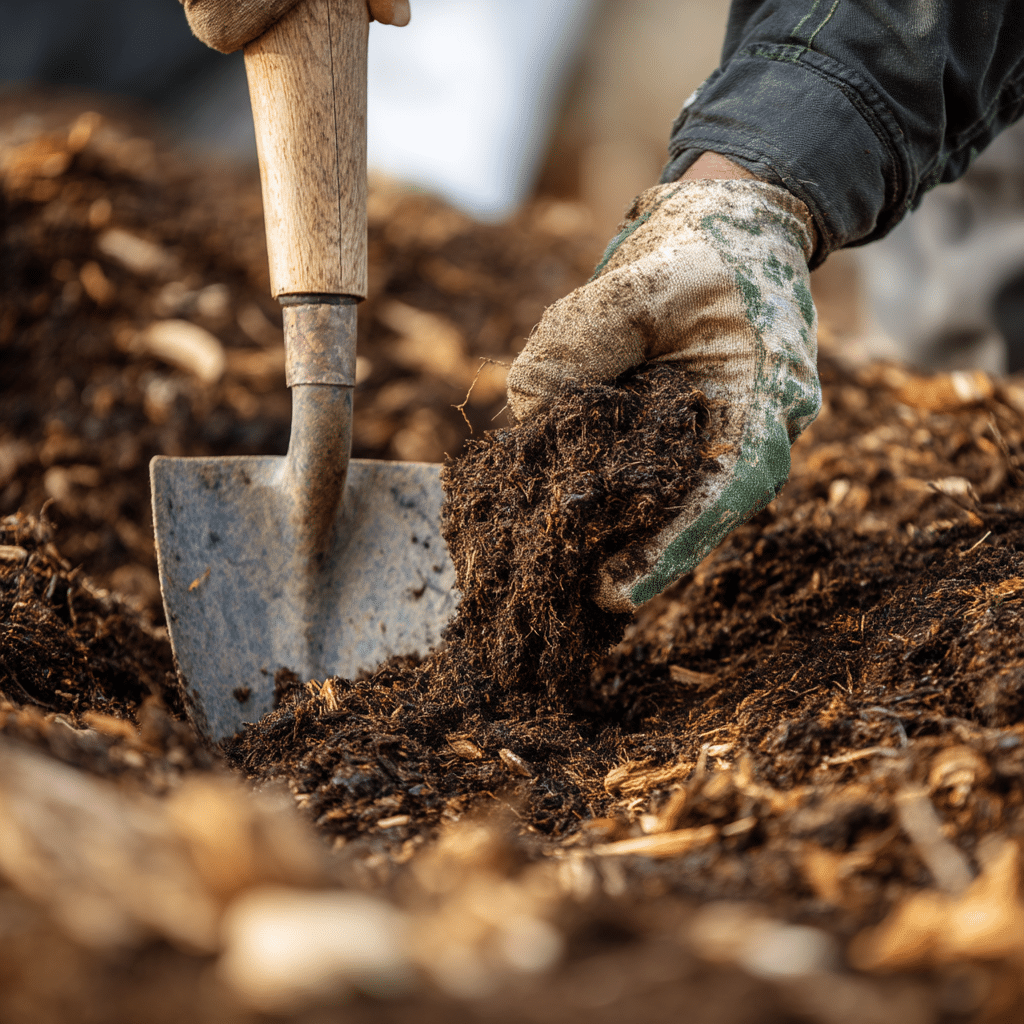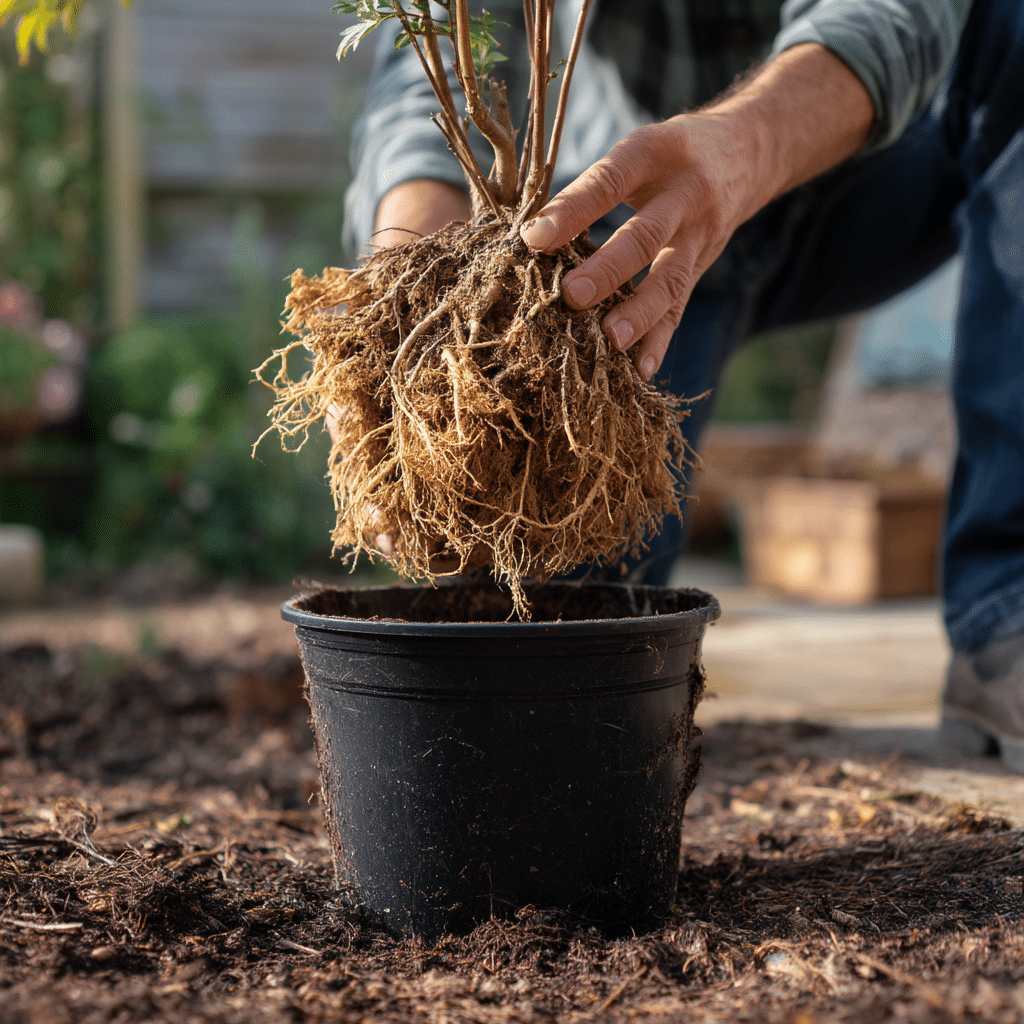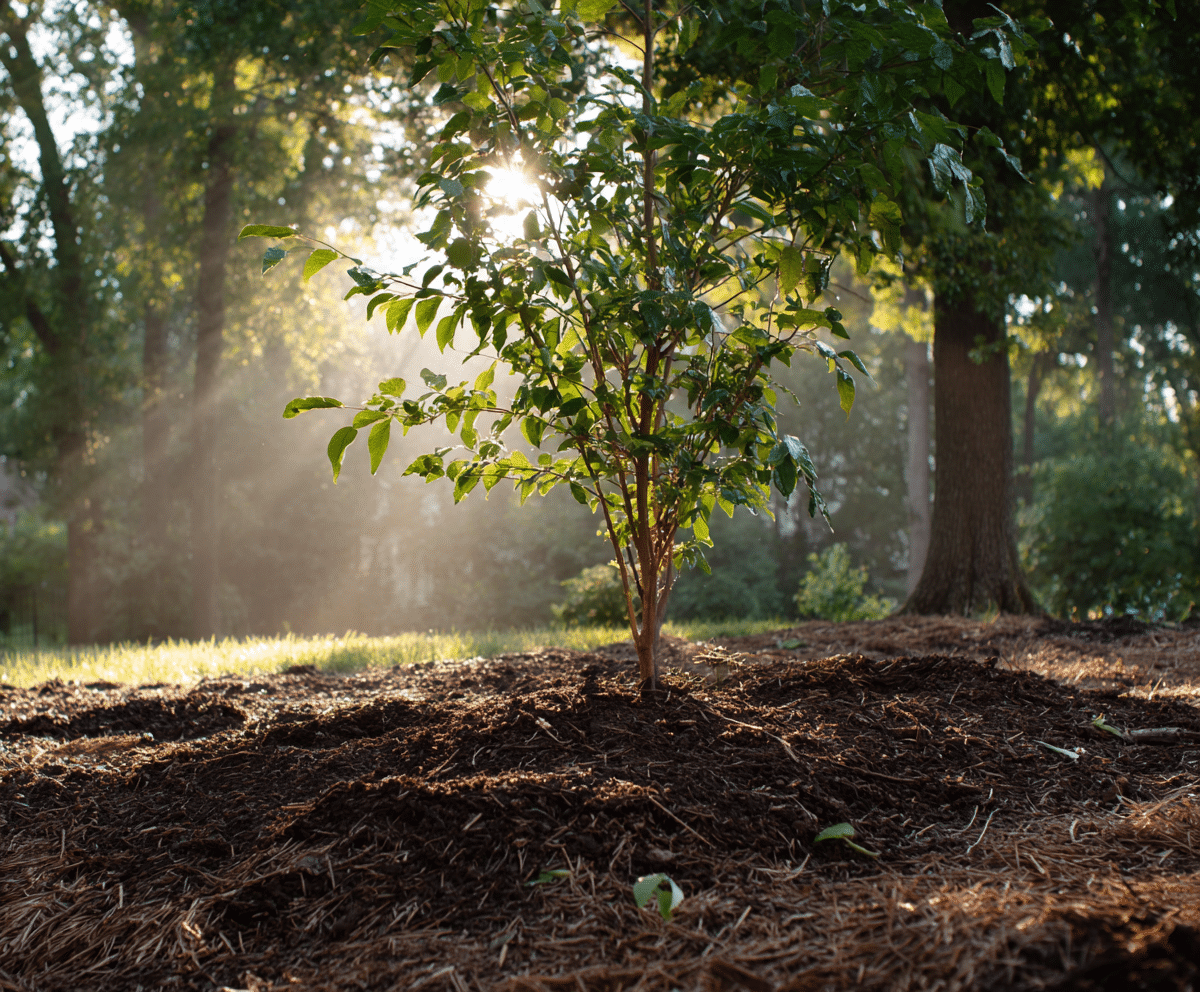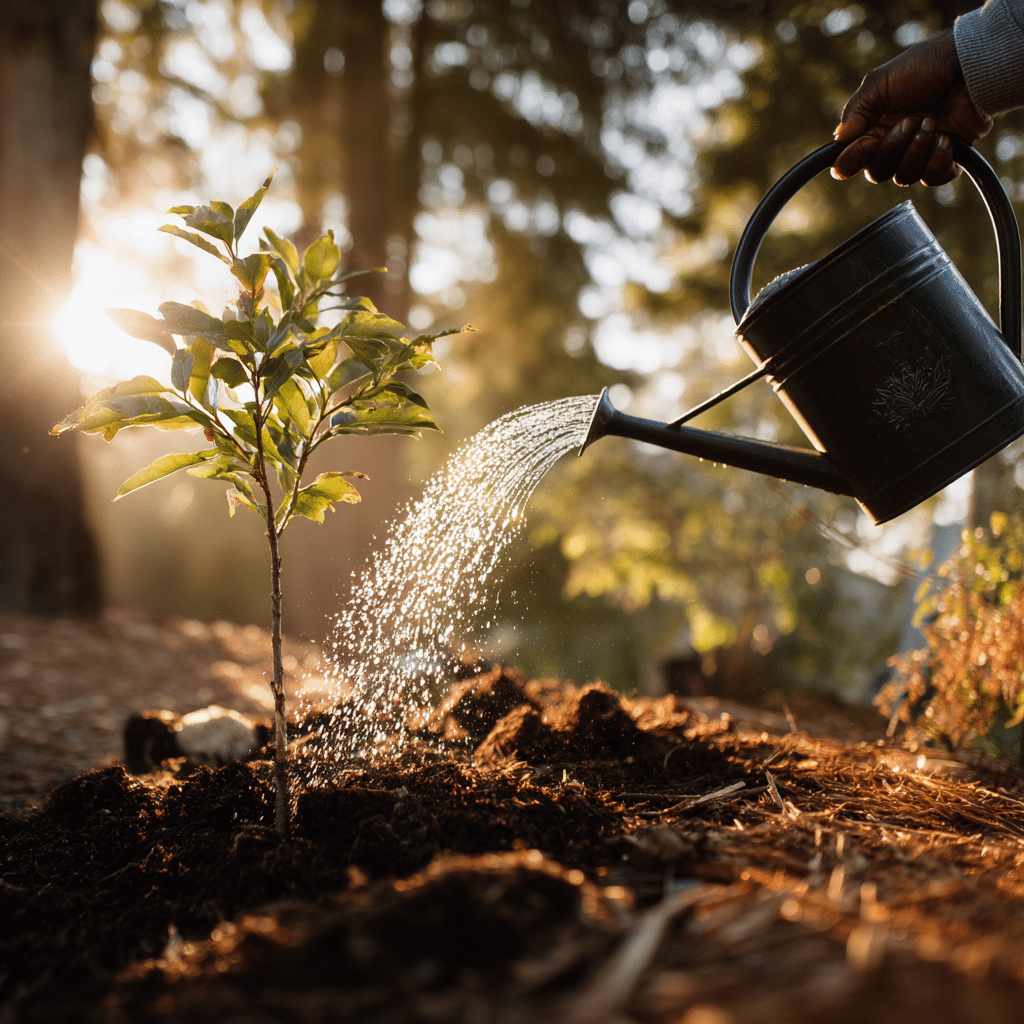Tree planting might seem intimidating, but it’s actually one of the simplest and most rewarding things you can do for your environment. Whether you’re planting a single tree in your backyard or helping restore a larger landscape, each tree planted makes a long-term impact.
Not only do trees clean the air, cool down urban spaces, and support wildlife, they also bring peace and beauty to the spaces we live in. The great news? You don’t need professional landscaping experience to do it right.
Follow these six practical steps to plant a tree successfully and give it the best start for years of healthy growth.
Table of Contents
1. Soak the Tree Before Planting
A healthy tree starts with healthy roots—and hydration is essential. Before you even dig the hole, soak the tree’s root ball in a bucket of water. This ensures the roots are fully saturated and ready to establish in their new environment.
Dry roots can actually repel water, making it harder for the tree to settle in. A good soak—around 15 to 30 minutes—is usually enough. For added benefit, consider mixing in a liquid seaweed solution to reduce transplant shock and stimulate early root development.
2. Dig a Properly Sized Hole
Digging the right hole can make or break your tree’s success. As a rule of thumb, dig a hole twice as wide and slightly deeper than the root ball. This gives the roots room to expand and improves drainage.
Depth is especially important—planting your tree too shallow or too deep can both lead to stress. The top of the root ball should sit level with or just above the soil line.
Loosen the soil at the base and sides to help young roots penetrate more easily.
3. Improve the Soil

Even the hardiest tree can struggle in poor soil. Take a moment to assess your soil type—sandy, clay, or loamy—and improve it before planting.
- Clay soils: Add gypsum to improve structure and drainage
- Sandy soils: Mix in plenty of compost to retain moisture
- All soils: Incorporate organic compost and a balanced slow-release fertilizer
Avoid using too much rich compost in the planting hole alone, as this may cause roots to stay confined instead of spreading out. Aim for balanced, enriched soil throughout the surrounding area.
4. Decant the Tree Carefully
Now it’s time to remove the tree from its container—a step that needs to be done with care. Gently slide the tree out while keeping the root ball intact. Never yank or pull it by the trunk.
If the tree is root bound (with roots circling tightly), gently loosen the outermost roots with your fingers. This encourages outward growth and prevents girdling later on.
Avoid disturbing the inner roots unless they’re damaged or badly compacted. Keeping the root system intact helps the tree establish quickly.
5. Position and Plant the Tree

Place the tree in the center of the hole and check that it’s upright. The root collar (where the roots meet the trunk) should sit just above ground level. If it’s too deep, add soil back under the root ball to raise it slightly.
Backfill the hole gently with the improved soil, pressing it in lightly to remove air pockets but avoiding heavy compaction. Leave a shallow depression or “watering well” around the base—this helps direct water toward the roots instead of letting it run off.
6. Water the Tree Thoroughly
Watering is the final and most crucial step. Give your newly planted tree a deep soak immediately after planting. This helps settle the soil, removes air gaps, and gives the roots their first real drink.
Even if the weather is cool or the soil is moist, this initial watering is essential. Continue watering deeply 1–2 times per week for the first few months, depending on weather and soil conditions.
Remember: it’s better to water deeply and less often than to water lightly and frequently.
Bonus Care Tips for a Strong Start
Once your tree is in the ground, a few extra steps can help it thrive:
Mulch Around the Base
Apply a 5–10 cm layer of organic mulch (like bark chips or straw) around the base of the tree. This keeps the roots cool, retains moisture, and suppresses weeds. Keep mulch 5–10 cm away from the trunk to avoid rot.
Install a Tree Guard (if needed)
Tree guards can protect young trees from animals, lawn equipment, or extreme sun and wind. Choose breathable materials that allow airflow.
Stake Only If Necessary
Staking helps stabilize the tree in windy areas, but avoid over-staking. Let the trunk sway naturally—it builds strength. Use soft ties and remove the stakes after 12 months.
Weed Regularly
Weeds compete for water and nutrients. Keep the base of the tree clear for at least the first year.
Why Planting a Tree Matters

Planting a tree isn’t just good for your garden—it’s good for the planet.
- Trees keep cities cooler
Their canopies reduce urban heat and create more liveable outdoor spaces. - Trees lower energy costs
Strategically placed trees provide shade and insulation, cutting heating and cooling bills. - Trees combat climate change
Through photosynthesis, they absorb carbon dioxide and release oxygen—helping balance our atmosphere. - Trees support mental wellbeing
Spending time around trees reduces stress and promotes calm. A tree in your yard can be a daily connection to nature.
One tree can make a difference—and five can offset nearly a tonne of carbon over their lifetime. That’s a small act with a big impact.
Conclusion
Planting a tree may seem like a small gesture, but it offers lifelong rewards—for you, your community, and the environment. With the right preparation, planting steps, and aftercare, your tree will thrive for years to come.
Whether you’re adding shade to your backyard or helping reforest your region, now is always the right time to plant a tree. Just follow these simple steps, and you’ll grow more than just roots—you’ll grow a legacy.


